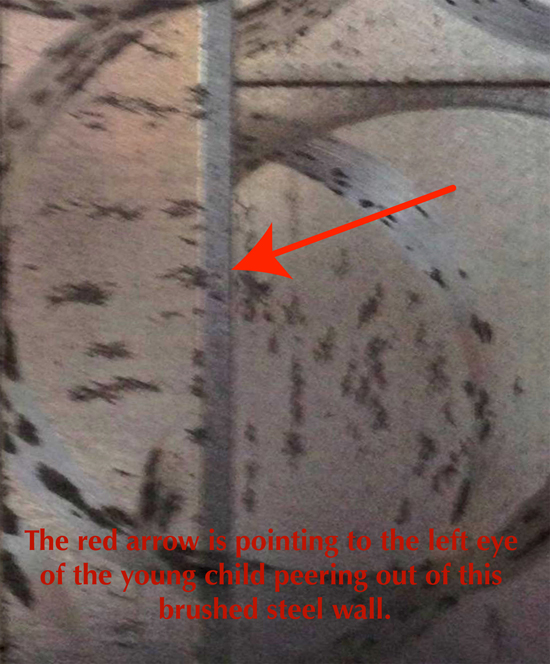The more consciously we look for things, the more we see them.
Try it for yourself. Look for a specific brand and/or color of car on your next commute to work and be amazed at just how many you see.
I asked my class at Spalding House (aka The Contemporary Museum), to take the week between classes to look for faces — not in people, but in the world around us.
They found faces in the clouds, on slabs of marble and granite, on a wall of brushed metal, on a piece of wood paneling, in the lichen and moss on rocks, in trees. They brought a cornucopia of images to class.
My heart swelled; they’re expanding their vision, and their world, through the practice of art!
Creating art does that for us.
People often think of art as something “extra”, like an elective in our otherwise busy “life schedule”.
Art, the creation of it and the appreciation of it, can be much, MUCH more.
Art is a means of communication. As such it can “connect the dots” of all that we know to all the many things that we don’t yet know.
Art communicates to us on a mental level, and even more often, on a heart-to-heart level, a more powerful, and potentially subversive sort of communication.
My friend Larry owns Art Attacks, a frame shop in Honolulu.
One day while working in an art gallery, Larry saw a woman put her hand to her heart and gasp while looking at the painting in front of her.
Thinking she was in pain, he rushed to her side, only to discover she was having an “Art Attack,” not a heart attack.
The beauty of the painting had evoked a gasp from her as she connected to it on a deep, visceral level.
Art comes in a wide variety of styles and subject matter. We decide which images we like and which ones we don’t.
Our tastes, our preferences are our own, for us to decide, and no business of another. Isn’t that great?
Today let’s celebrate art for its power to connect.
Art is ALL around us every day.
Art is more than what we see in a museum or gallery. Art, especially art well done, is so prevalent that it is all but invisible.
Let’s connect a few more dots …
Graphic Art creates ease of use and beauty in books, magazines, catalogs, advertisements, newspapers, and even the signs on our highways and in our libraries.
Textile Arts create clothing, fabrics, pillows, and more.
Decorators create beauty in homes and stores (have you looked at the displays at Whole Foods lately?).
Culinary Arts create amazing food for us to eat and see — we eat with our eyes first.
Art and Friendship connects you and me.
It’s our connection to one another and to a greater wholeness that is at the heart of this holiday season.
Thank you from the depths of my heart, for sharing my journey through art with me. I truly value our connection and the many gifts we have to offer one anther.











